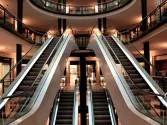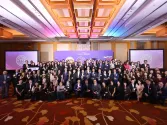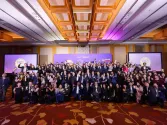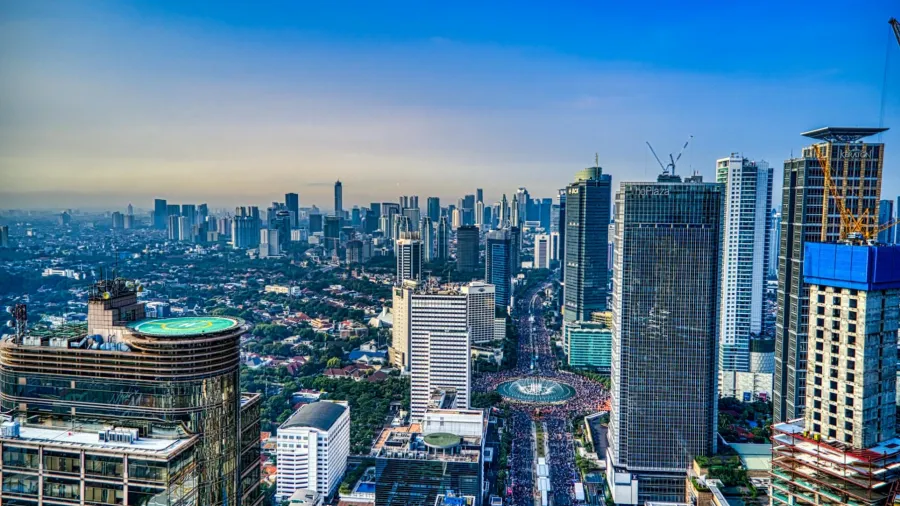
BRI’s asset quality deterioration has likely peaked: UOBKH
Credit costs are expected to remain elevated at 3.2% and 3% in 2025/26, however.
Bank Rakyat Indonesia’s (BRI) asset quality deterioration has likely peaked, with “some cautious signs” of asset quality improvement, according to a report by UOB Kay Hian.
Its Q2 2025 results show early signs of stabilisation in funding and asset quality, said analyst Posmarito Pakpahan on a 7 August note.
Net interest margin (NIM) is expected to reach equal to or higher than 7.76% in H2 2025, at the upper end of the BRI management’s guidance of 7.3%–7.8%.
“We believe asset quality deterioration has peaked, with some cautious signs of asset quality improvement. Loan-at-risk ratio (LaR) of bank only assets has plateaued at 11.1% with restructured loans flat at 6.4% of total loans,” Pakpahan said.
The Indonesian bank reported an 11.5% year-on-year (YoY) net profit decline in H1 2025, and a 7.8% net profit quarter-on-quarter (QoQ) decline in Q2.
Credit cost eased to 3.28% in Q2 from 3.53% in 2025. Current accounts and savings accounts (CASA) ratio also rose to 65.5% in June 2025. Lending yield is also stable, with loans growing 6% YoY.
With the slowdown in micro loan disbursement, BBRI is shifting its focus toward consumer and corporate lending to diversify its credit risk, Pakpahan said.
The bank is expected to continue focusing on its ongoing restructuring and risk tightening, including the redeployment of micro-officers, revamping of its underwriting process, and a focus on recoveries.
“Nonetheless, we remain cautious and expect a gradual recovery with credit costs to remain evaluated at 3.25% [and] 3% in 2025 [and] 2026, respectively,” Pakpahan said.
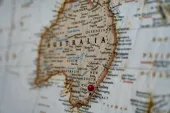







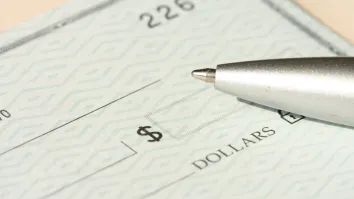
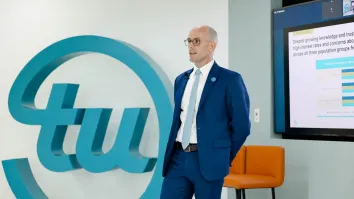



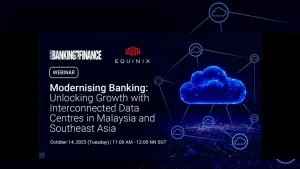
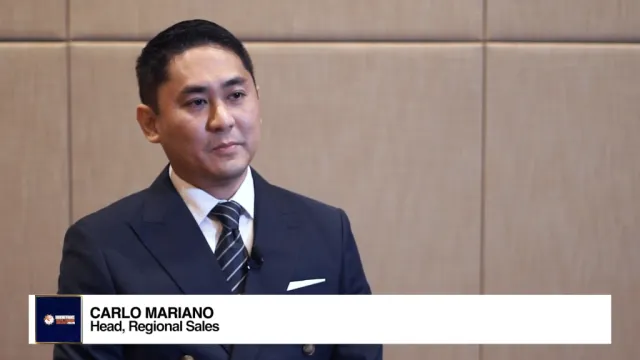
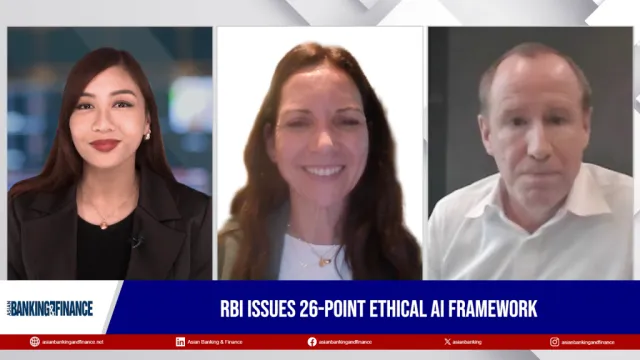
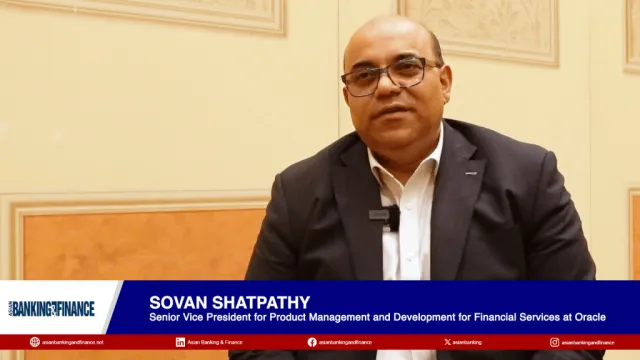
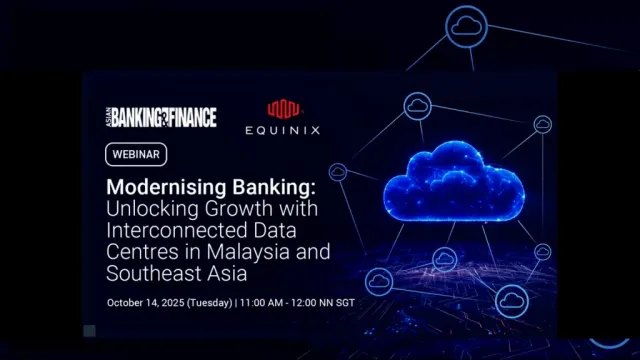

 Advertise
Advertise
